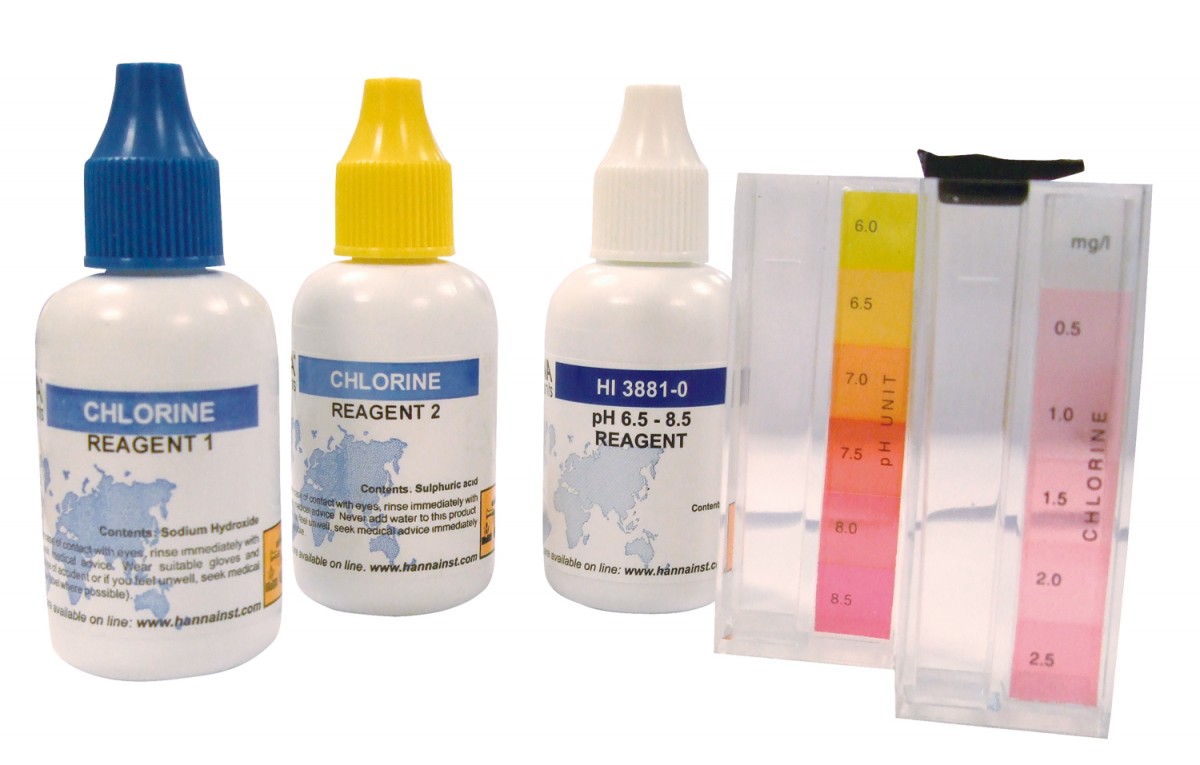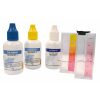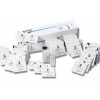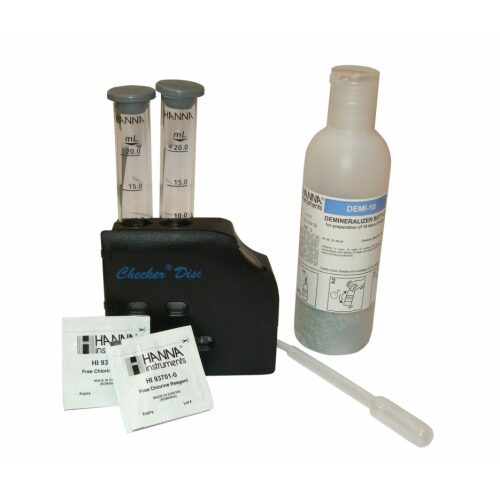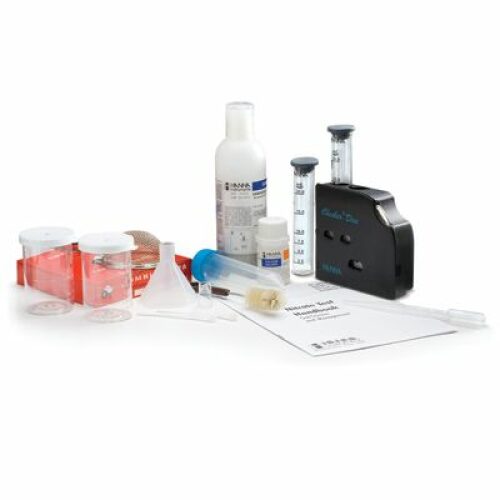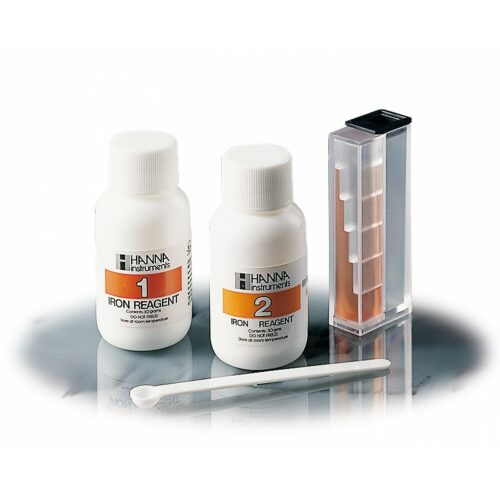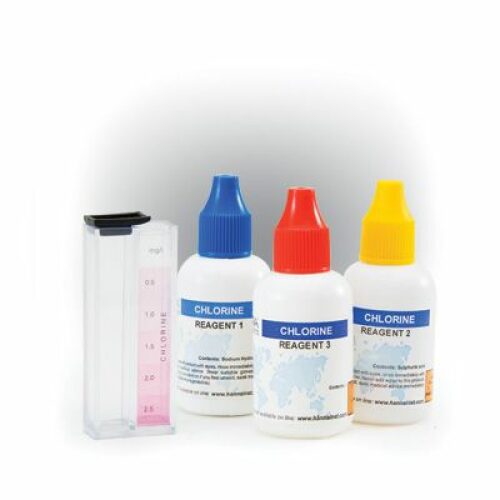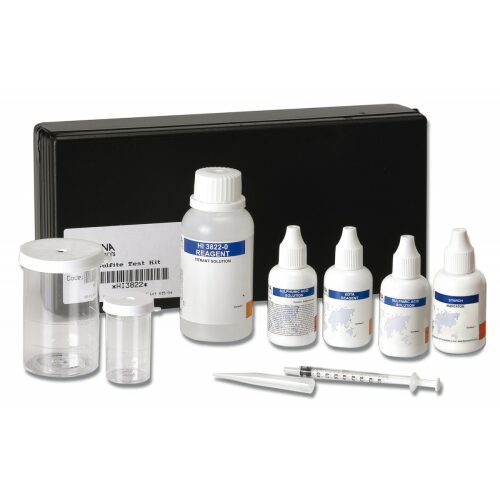-
×
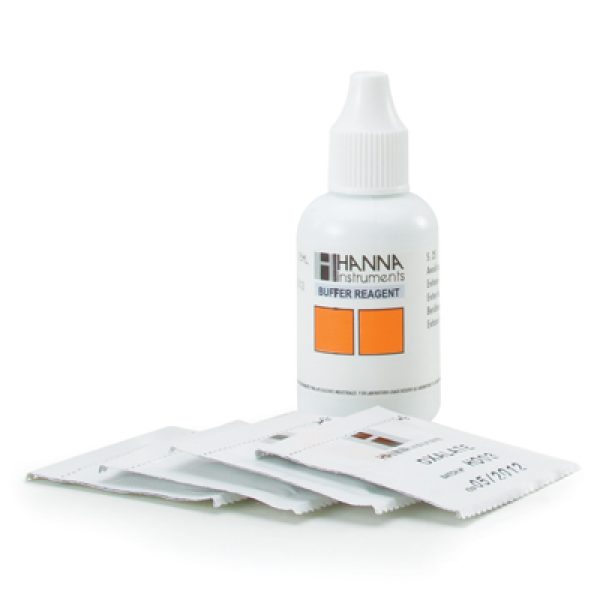 HI3810-100 - Reagents for CTK Dissolved Oxygen
1 × ฿3,531.00
HI3810-100 - Reagents for CTK Dissolved Oxygen
1 × ฿3,531.00 -
×
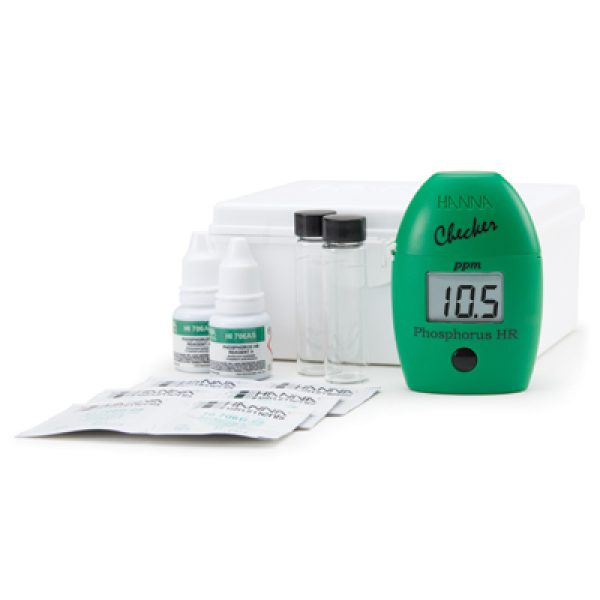 เครื่องวัดปริมาณฟอสฟอรัส ช่วงสูง รุ่น HI706
1 × ฿3,105.14
เครื่องวัดปริมาณฟอสฟอรัส ช่วงสูง รุ่น HI706
1 × ฿3,105.14 -
×
 HI755-26
1 × ฿481.50
HI755-26
1 × ฿481.50 -
×
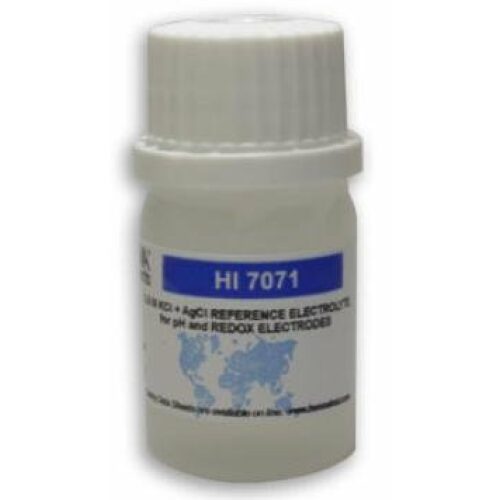 HI7071 Electrolyte Solution 3.5 M KCl + AgCl, 4 x 30 ml
1 × ฿3,638.00
HI7071 Electrolyte Solution 3.5 M KCl + AgCl, 4 x 30 ml
1 × ฿3,638.00 -
×
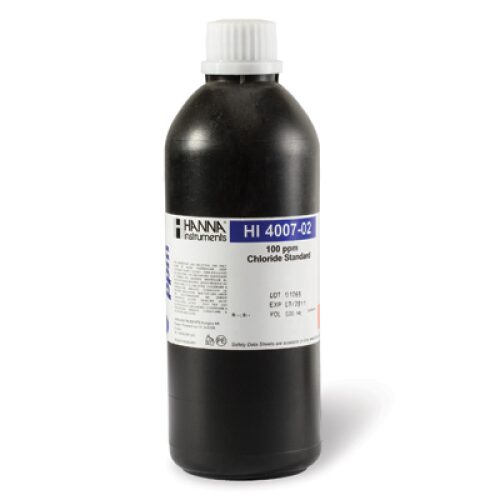 HI4007-02 ISE 100 mg/L (ppm) Chloride Std , 500 ml Bottle
1 × ฿3,531.00
HI4007-02 ISE 100 mg/L (ppm) Chloride Std , 500 ml Bottle
1 × ฿3,531.00 -
×
 HI98301 DiST®1 TDS-Tester (up to 1999 ppm)
1 × ฿3,317.00
HI98301 DiST®1 TDS-Tester (up to 1999 ppm)
1 × ฿3,317.00 -
×
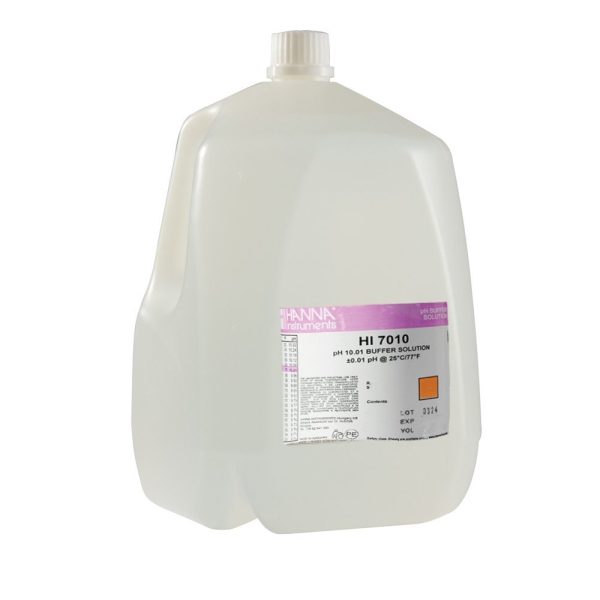 สารละลายมาตรฐานสำหรับสอบเทียบค่ากรด-ด่าง 10.01 (HI7010/1G)
1 × ฿2,889.00
สารละลายมาตรฐานสำหรับสอบเทียบค่ากรด-ด่าง 10.01 (HI7010/1G)
1 × ฿2,889.00 -
×
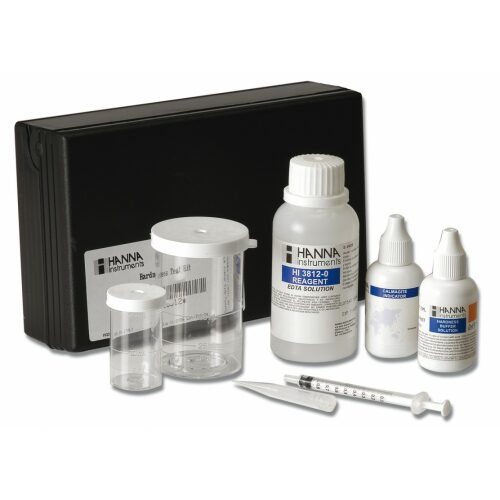 HI3812 CTK Hardness Total
1 × ฿1,712.00
HI3812 CTK Hardness Total
1 × ฿1,712.00 -
×
 HI3810 CTK Dissolved Oxygen
1 × ฿4,494.00
HI3810 CTK Dissolved Oxygen
1 × ฿4,494.00
Subtotal: ฿26,698.64
